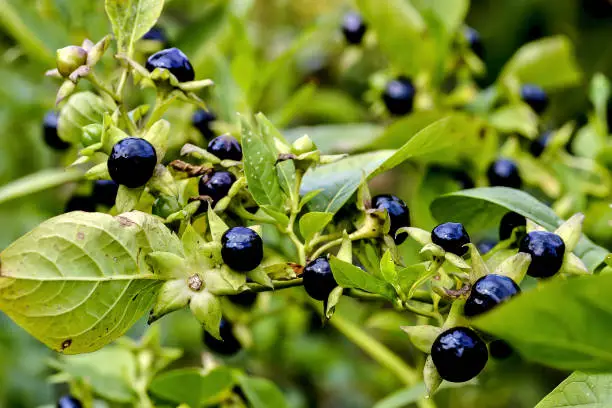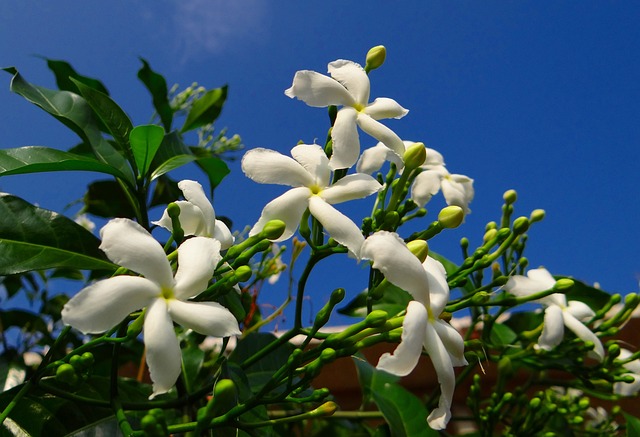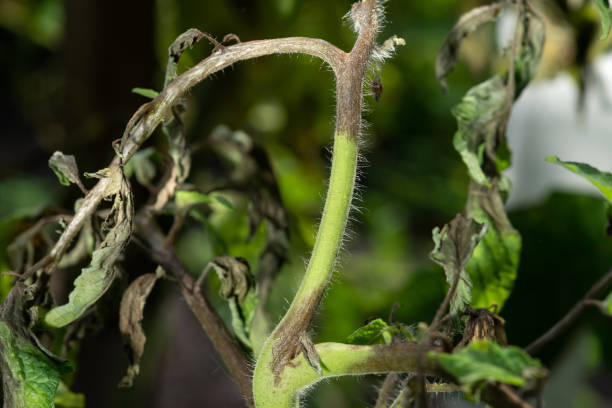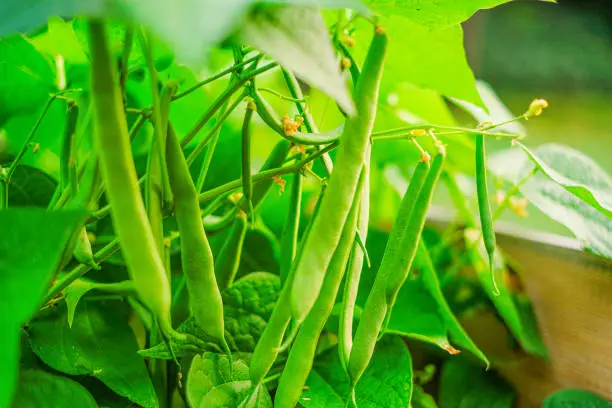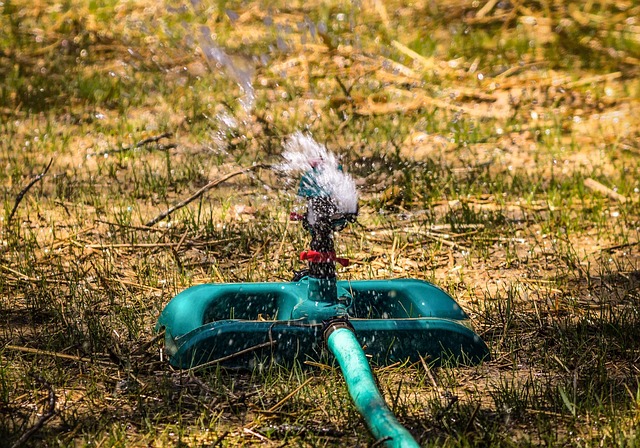Espalier Fruit Tree Training And Pruning 5 Important tools
Embarking on a journey through orchards is often a visual feast of vibrant colors and hanging clusters of succulent fruits. Yet, imagine wandering into a garden where trees are not just trees, but living sculptures – their branches meticulously trained into intricate patterns that defy conventional norms.
Welcome to the world of “Espalier Fruit Tree Training and Pruning,” a captivating fusion of horticulture and artistry that transforms orchards into enchanting landscapes where nature and human craftsmanship intertwine in an extraordinary dance.
In this exploration, we delve into the meticulous techniques that turn fruit-bearing plants into masterpieces, demonstrating how innovation and imagination can elevate cultivation into a living, fruitful canvas.
Espalier Fruit Tree Training And Pruning
Espalier fruit tree training and pruning are masterful horticultural techniques that sculpt trees into captivating forms, harmonizing nature and artistry.
Espalier is a horticultural technique that involves training and pruning fruit trees or plants to grow in a flat, two-dimensional form against a wall or support structure. It maximizes space, improves fruit production, and adds aesthetic appeal to gardens.
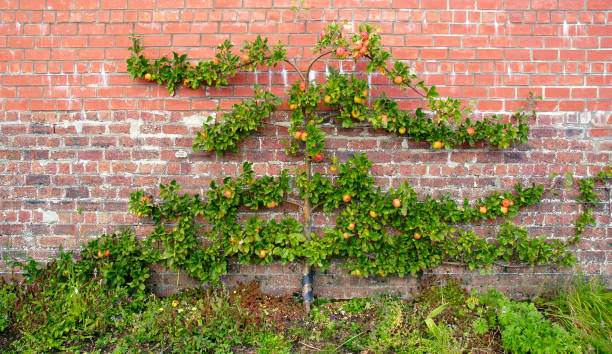
Instructions Steps
Selecting the right fruit tree:
Choose a suitable fruit tree variety that is well-suited for espalier training. Consider dwarf or semi-dwarf varieties with strong and flexible branches.
Choosing a suitable support structure:
Decide on the type of support structure you will use, such as a wall, fence, trellis, or wires. Ensure that it is sturdy enough to support the weight of the tree and provide enough space for the desired espalier shape.
Establishing the basic framework:
- Plant the tree at the base of the support structure and secure it to prevent movement.
- Identify the main vertical stem and remove any competing branches, leaving only the strongest and well-placed branches.
Training the branches:
- Select the desired branches to form the framework of the espalier shape, such as horizontal cordons, fan shape, or candelabra shape.
- Secure the chosen branches to the support structure using ties or clips, ensuring they are evenly spaced and properly aligned.
Pruning for shape and structure:
- Prune during the dormant season (winter) to shape the tree and promote lateral branching.
- Remove any vertical shoots or branches that are not part of the desired espalier shape.
- Trim side shoots to a desired length, encouraging branching and the formation of fruiting spurs.
Summer pruning:
- Conduct light pruning during the growing season to maintain the shape, remove excessive growth, and improve air circulation.
- Pinch back the tips of shoots to promote lateral branching and control growth.
Regular maintenance:
- Monitor the growth of the espaliered tree regularly and adjust or tie branches as needed to maintain the desired shape.
- Prune annually during the dormant season to remove dead, damaged, or crossing branches and maintain the overall structure.
Pest and disease management:
- Monitor the tree regularly for pests and diseases, and take appropriate measures for control and prevention.
- Maintain good hygiene by removing fallen leaves, fruit, and debris that may harbor pests or diseases.
Fertilization and watering:
- Follow appropriate fertilization practices based on the specific fruit tree species and local soil conditions.
- Provide regular watering to ensure adequate moisture for the tree, especially during dry periods.
Popular fruit tree choices for espalier:
Apple trees:
Apple trees are commonly used for espalier due to their versatility and ability to adapt to different espalier shapes. Varieties like ‘Espaliered Granny Smith’ or ‘Espaliered Gala’ are popular choices.
Pear trees:
Pear trees, particularly European pear varieties, are well-suited for espalier training. Varieties such as ‘Bosc’ or ‘Anjou’ can be trained into elegant espalier forms.
Citrus trees:
Certain citrus trees, such as lemons, limes, and oranges, can be espaliered. They add a touch of Mediterranean charm to gardens. Varieties like ‘Espaliered Meyer Lemon’ or ‘Espaliered Calamondin’ are commonly used.
Stone fruit trees:
Peaches, plums, and cherries can also be espaliered, although they may require additional care and attention due to their growth habits. Select semi-dwarf or dwarf varieties suitable for espalier, such as ‘Espaliered Redhaven Peach’ or ‘Espaliered Stanley Plum.’
Pruning tools and equipment
Pruning tools:
- Pruning Shears: Choose sharp bypass shears for clean cuts.
- Loppers: Use long-handled loppers for thicker branches.
- Pruning Saw: Select a curved blade saw for cutting through branches.
- Hedge Shears: Use lightweight shears for shaping edges.
- Pruning Knife: Handy for precise cuts and adjustments.
Safety precautions:
- Wear safety glasses and gloves for protection.
- Use a stable ladder or platform for higher branches.
- Avoid pruning near power lines.
- Make cuts away from your body.
- Take breaks to prevent fatigue.
- Follow proper pruning techniques and guidelines.
By using the right tools and following safety precautions, you can prune your espalier fruit trees effectively and safely.
FAQs about Espalier Fruit Tree Training and Pruning
What is espalier fruit tree training?
Espalier training is a horticultural technique that involves training fruit trees to grow in a flat, two-dimensional form against a wall, fence, or trellis. This method not only saves space but also enhances fruit production and aesthetics.
Why should I choose espalier training for my fruit trees?
Espalier training offers several benefits, including efficient space utilization, increased sun exposure for better fruit ripening, easier pest and disease management, and an attractive visual appeal.
Which fruit trees are suitable for espalier training?
Many fruit trees can be trained using the espalier technique, including apple, pear, peach, cherry, fig, and citrus trees. Select varieties that are naturally flexible and can adapt well to the training process.
When is the best time to start espalier training?
The ideal time to start espalier training is during the dormant season, typically in late winter or early spring. This allows you to prune and shape the tree’s structure before new growth begins.
How do I create the basic espalier tree forms?
There are several common espalier forms, such as the fan, cordon, and Belgian fence. These forms involve specific pruning and training techniques to shape the tree along horizontal lines. Resources, such as guides and videos, can provide step-by-step instructions.
What tools do I need for espalier training and pruning?
Essential tools include hand pruners, loppers, pruning saw, training wires or supports, ties, and a measuring tool. The right tools ensure precise cuts and proper training without damaging the tree.
Can espalier-trained trees bear as much fruit as traditionally grown trees?
Yes, when properly trained and pruned, espalier trees can produce just as much fruit as their traditionally grown counterparts. In fact, the controlled growth can even enhance fruit production by focusing energy on fruiting wood.
How do I maintain and prune espalier fruit trees over time?
Regular maintenance involves annual pruning to maintain the desired shape, encourage fruiting spurs, and remove excessive growth. Pruning is usually done during the dormant season, but light summer pruning may also be necessary.
What are some common challenges in espalier training?
Common challenges include getting the tree to conform to the desired shape, managing vigorous growth, preventing breakage due to heavy fruit load, and dealing with potential pest and disease issues.
Conclusion
In conclusion, espalier fruit tree training and pruning offer a captivating blend of horticultural artistry and practicality. Through deliberate manipulation and guidance, these techniques not only shape fruit trees into aesthetically pleasing forms but also maximize space efficiency and fruit production.
The careful balance between form and function exemplifies the ingenuity and dedication of gardeners and arborists alike. As we admire the intricate patterns and graceful lines of espaliered trees, we are reminded of the harmonious relationship between human intervention and nature’s growth processes.
This timeless practice stands as a testament to our ability to collaborate with the natural world, creating not just orchards of bounty, but living works of art.
